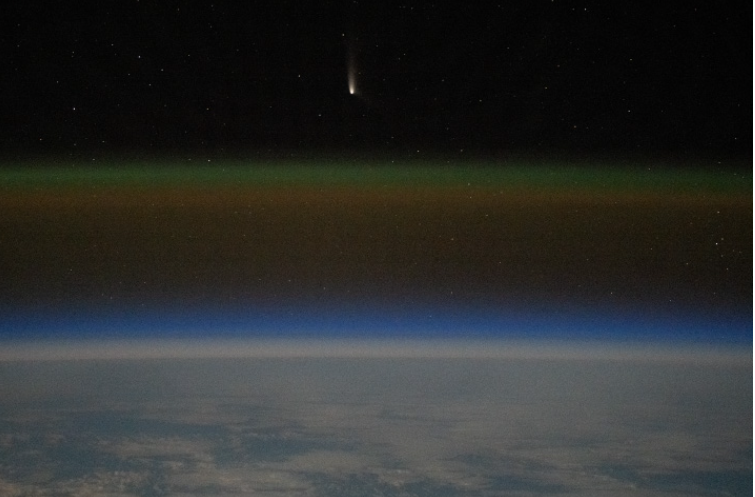On October 12, Comet C/2023 A3 Tsuchinshan-ATLAS (Choo-cheen-SHAHN-ATLAS) made its first-ever documented pass by Earth. It came within approximately 70 million kilometers, or 44 million miles, of earth. The comet likely traveled from the farthest outer reaches of our solar system. In the earlier days of its arrival, only those in the Southern Hemisphere could see the comet, but after the 8th of October, it became visible to those in the Northern Hemisphere. Scientists have discovered that Tsuchinshan-ATLAS’s orbit around our solar system takes nearly 80,000 years to complete. As comets near the sun, they begin to melt. This is what gives comets their glowing coma. A coma is made of the gasses and dust that a melting comet lets off, which can stretch for millions of miles. Some comets do not survive close encounters with the sun, luckily, however, Tsuchinshan did not suffer this fate. If a comet gets too close to the sun, the gravitational forces and radiation might disintegrate them completely. Given Tsuchinshan’s extremely long orbit, scientists believe the ancient celestial traveler originated from the Oort cloud. The Oort cloud is a spherical shell of icy debris that lies at the furthest reaches of our solar system.
Categories:
Comet Tsuchinshan-ATLAS
Brayden Comstock, Guest Writer
October 23, 2024
1
0
More to Discover













Brayden • Oct 23, 2024 at 11:03 am
Best article I’ve read this week!